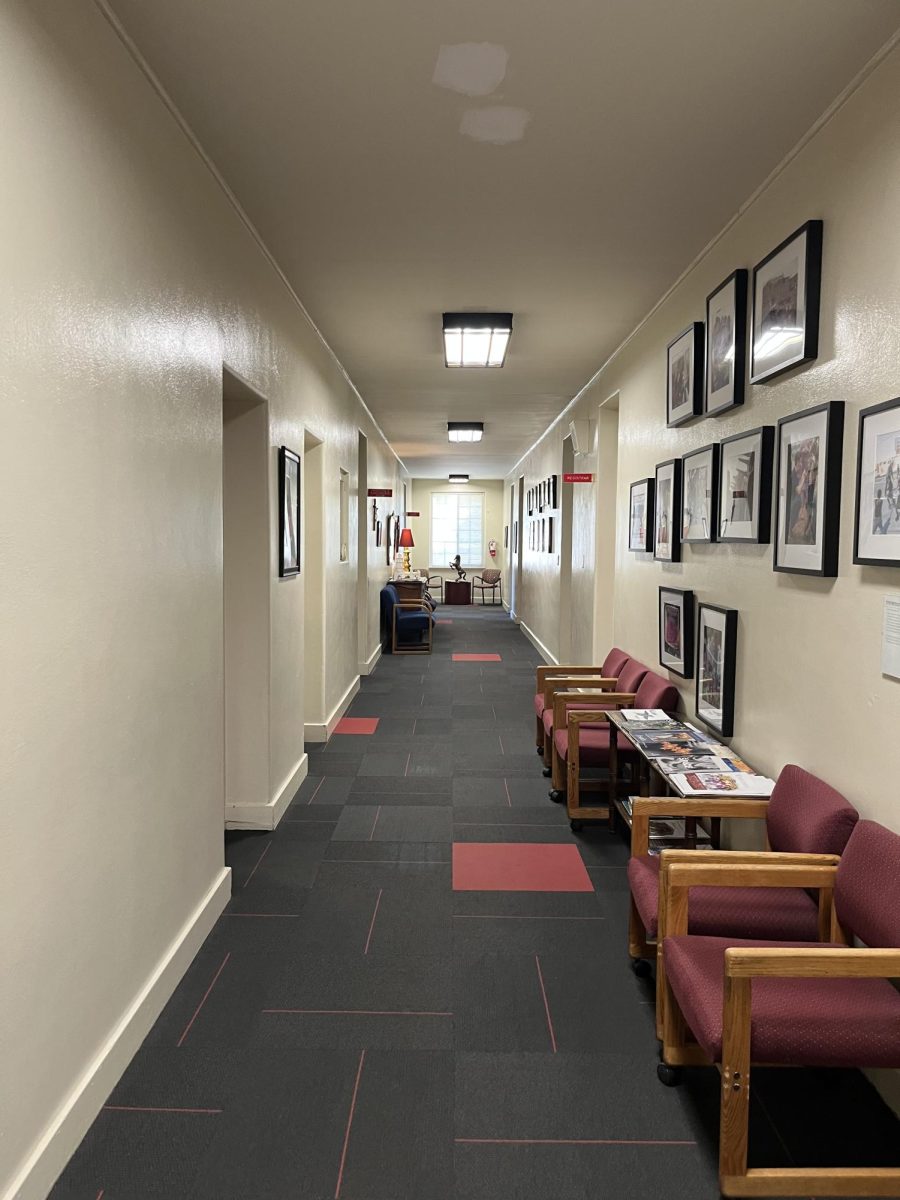By P. Erik Meyer ’14
THE ROUNDUP
The Summit on Human Dignity has been an annual tradition that began in 2008.
This year the Office of Faith and Justice has a topic yet to be discussed during a Summit: race.
“Three years ago our topic had to deal a great amount with gender, we focused on masculinity but we covered gender issues, equality and how it’s effected via gender issues,” said Assistant Principle for Ministry Mr. Chris Calderon, S.J. “Last year we focused on quality through the lens of the economy through opportunity, fairness as class systems play out and we’ve covered gender, we’ve covered class and now we move into race.”
Each year a Summit on Human Dignity focuses on bringing an issue to campus through assemblies, guest speakers, field trips and workshops.
The title of this year’s summit is “Beyond Colorblind, Exploring Race in the 21st Century.”
The Summit will last about two weeks from March 3 to March 14.
Other potential topics for this year’s Summit included incarceration and immigration.
“These were up there as possible topics, but the top three being race and those other two, this is what the conversation seemed to lean us toward, and even in the discomfort or tension we realized that this isn’t something we should shy away from because it’s uncomfortable. So I think that was an influence too,” Mr. Calderon said.
Summit topics are selected based on faculty surveys and other outlying factors.
“It’s sort of a complex process that involves a variety of input from all the faculty and kind of surveying, and then ultimately being decided by the administration,” said Coordinator of Retreats and Reflections Ms. Megan McDonald. “We’re just trying to get a sense of what’s on people’s hearts and minds and what we think is important for our students to be aware of.”
This year marks the 50th anniversary of Dr. Martin Luther King’s “I have a Dream” speech; however, that milestone was pure coincidence.
“It’s actually coincidental,” Mr. Calderon said. “It’s not because its 50 years since ‘I Have a Dream’ speech, that was coincidence. I think it affirms our topic and brings up the issue. It’s not because of anything but we felt it was right.”
Activities revolving around the Summit will be similar to previous years.
“We will have a movie series like we’ve had after school. Some of the films we’ve tossed around range from very contemporary documentaries to just a normal movie that has a strong message,” Mr. Calderon said. “Field trips will happen, keynote speakers, we’ll offer workshops, those experiences will be the same.”
Another common sight from the Summit is the centerpiece, a physical art installation placed in the center of the Mall.
“We’re hoping for an interactive art centerpiece where students can share their own experiences,” Ms. McDonald said. “We’re working on something like that so we can get the sense of how our own student body experiences race, just in daily life and in their culture.”
Thus far students have yet to be directly involved in planning the Summit but that process is soon to come.
“We’ve had conversations with students and students have approached us with things that they hope can be articulated and addressed, but soon enough a student board will be formed, Mr. Hubbell will take that on,” Mr. Calderon said. “We are talking to various groups on campus that have various insights that we need to be aware of as we move forward. As we grow closer faculty will also start incorporating this into the classroom so those kinds of conversations will inform us because our intention is not to, unlike a complicated math lesson, our objective is not to teach you everything we know but to go through an experience where we also get to hear your reactions, your experiences, your opinion on all of this with the hope of creating a space that is appropriate, safe and informed.”
Ms. McDonald said she hopes that students look past the concept of ignoring racial differences, but rather celebrate and accept those of different backgrounds.
“Based on our title ‘Beyond Color Blind’ it’s not a question of not seeing color, it’s not a question of not seeing race, that race is important, it’s informative, it’s very close to people’s hearts and experiences so it’s not being color blind, it’s beyond that,” she said. “Seeing differences, celebrating differences and kind of using that in the best way. Shedding light on places that are dark, things that we don’t understand or ignore or don’t see is important too.”
The Office of Faith and Justice also places an emphasis on showing students what can be done to fix problems at the Summit instead of just showing them the facts.
“Our community will be asked to consider what is the reality of racial inequality in the United States, how did we get here, why we should be concerned and what we can do about it because our hope is that we may come to see our individual and communal roles as significant in promoting human dignity in real ways so if we hold onto that,” Mr. Calderon said. “Our lens is not separate, it is not distant than what Christ is inviting us to do everyday.”











